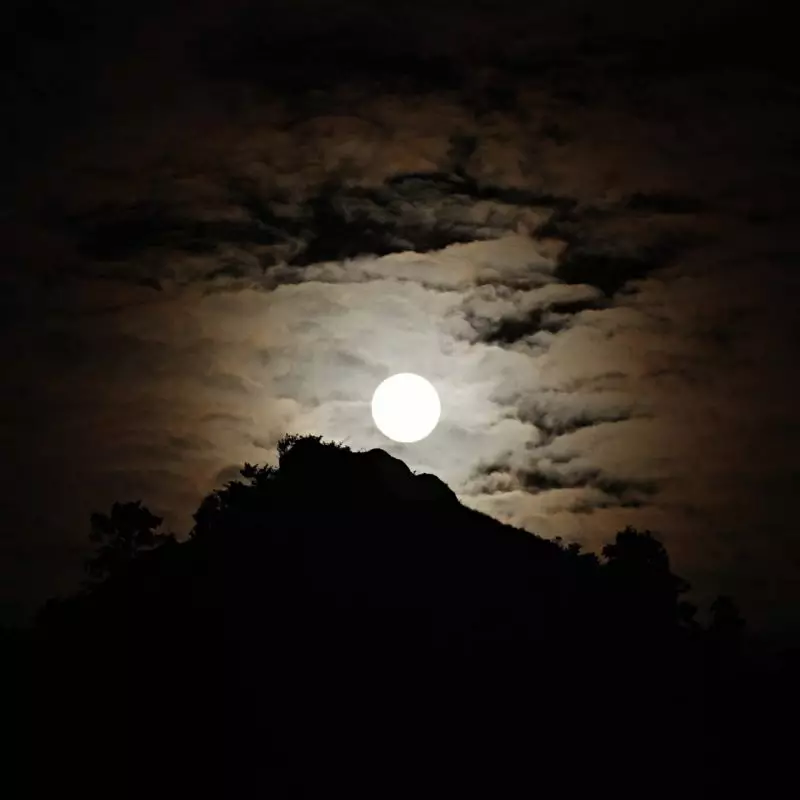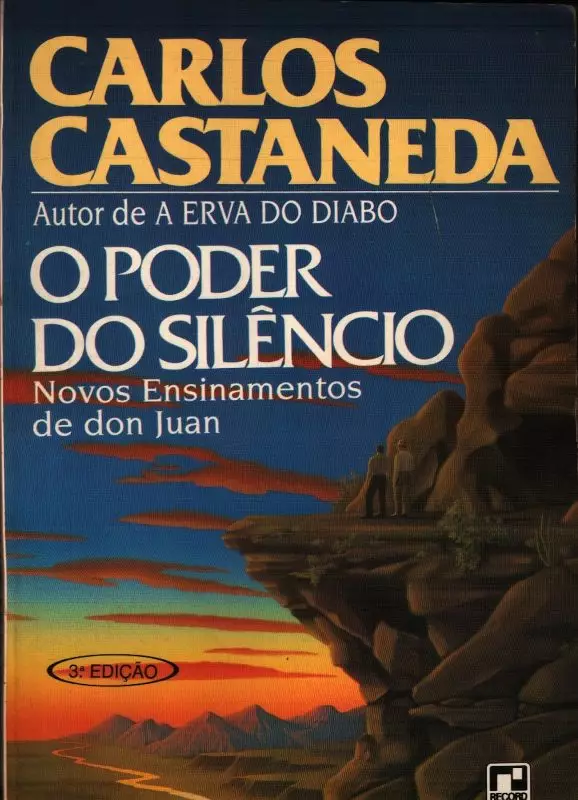A Bridge Between Don Juan’s Hallucinogens and Contemporary Entheogenic Paths
There comes a point when the known world begins to dissolve—not as illusion, but because the perceptual structures that held it in place begin to shift. That point is not a place. It is a fissure. A vibrating threshold where the tonal loses its dominion and the nagual begins to whisper. Don Juan knew this. And he also knew that, to push an apprentice beyond that threshold, it was sometimes necessary to use powerful tools—the kind that tear through reason, dismantle the energy body, and hurl consciousness out of its fixed form. With Castaneda, he used three main allies: peyote, datura, and the smoke. Each with its own spirit, danger, and intelligence. Peyote was Mescalito, the compassionate teacher. Datura was the dangerous force of power without control. And the smoke—a complex blend, likely containing psilocybin mushrooms—was the direct vehicle of dissolution, a leap beyond the human form.
But Don Juan did not train users. He trained warriors. Every use of an ally was preceded by teachings, warnings, and energetic containment. The plants were not substances—they were beings. And those beings had intentions, demands, and tempers. Their use was never driven by curiosity or experimentation. It was carried out to break the continuity of the world. To shift the assemblage point. To see.
Today, in Brazil, other paths have become accessible—some with ancestral roots, others more recent, but all capable of provoking real openings in perception. Ayahuasca, magic mushrooms, and LSD are, for many, contemporary gateways that echo, in their own way, Don Juan’s allies. And though the names have changed, the challenge remains the same: how to cross without getting lost? How to see without going mad? How to return with something worth integrating?
Ayahuasca is perhaps the most well-known entheogenic vehicle among Brazilians. Originating in the indigenous traditions of the rainforest, it carries a complex spiritual architecture. It is a brew made from the union of two plants: the mariri vine (which contains MAO inhibitors) and the chacrona leaf (which contains DMT). On its own, chacrona has no effect when ingested. But with the vine, DMT becomes bioavailable—and the portal opens. The Ayahuasca experience is deep, visceral, often accompanied by vomiting, tremors, visions, emotional releases, and encounters with symbolic or spiritual entities. It is a plunge. A spiral. A serpent that rises through the body and whispers teachings—sometimes sweet, sometimes fierce. Within a ritual, with chanting and silence, the force of the brew is contained and guided. There is direction. There is invocation. There is an intelligence at work. For many, Ayahuasca is the teacher itself—and its power to shift the assemblage point is real.
Magic mushrooms, on the other hand, have a different nature—more playful, more organic, more dancing. With a deep ancestral lineage, used by Mesoamerican peoples for centuries, they contain psilocybin, which the body converts into psilocin. The mushroom experience is fluid, symbolic, often connected to nature. The perception of plants and animals becomes more vivid; the body becomes sensitive; reality breathes. Laughter, tears, delicacy, and symbolic death walk together. There is no purging as with Ayahuasca, but there is surrender. And there is the potential to see—see beyond the mind’s filters, see living patterns, see oneself dissolved in the web of the world. The mushroom, unlike peyote or Don Juan’s smoke, rarely delivers teachings in words. It teaches through presence. Through rhythm. Through reflection. For those who have been touched by it, the world is never completely solid again.
LSD, perhaps the most modern of the three, offers the longest and most mentally intricate journey. Discovered in the lab by Albert Hofmann in 1938, lysergic acid has no ancient spiritual tradition. But its potential is vast. It acts on the same serotonin receptors and induces powerful changes in visual perception, thought flow, subjective time, and self-image. The mind folds in on itself. Language fails. The geometry of reality reveals itself. Grand visions, non-dual states, ego dissolution, and profound philosophical insights are possible—but so are loops, mental labyrinths, confusion, and collapse. LSD is a magnifying mirror: it reflects everything inside you, without filter. That’s why it demands silence, care, and context. Without them, the risk of fragmentation is real.
These three paths—Ayahuasca, mushroom, and LSD—are not identical to Don Juan’s allies. But they can, indeed, fulfill similar functions: disrupting the fixity of the self, opening cracks in perception, revealing intent. The difference lies less in the molecule and more in the mode of relationship. Don Juan treated his allies with absolute reverence. He never called them drugs. He never used them without direction. And that is precisely what is missing in most contemporary approaches to psychedelics: it’s not molecules that are lacking—it’s maps. It’s not access that is lacking—it’s purpose.
In Brazil, access to these substances varies according to legal context. Ayahuasca has been legally permitted since 2010 when used in religious or spiritual ceremonies. It’s possible to participate in rituals led by serious, traditional groups across the country. Magic mushrooms, though they contain psilocybin (a controlled substance), are not themselves listed as prohibited plants by Anvisa. This creates a gray area where personal cultivation and discreet use have become common. LSD, however, is among the strictly forbidden substances in Brazil. Its possession, distribution, or consumption can lead to serious legal penalties. Of all the paths, it is the most legally risky—not only psychologically, but socially as well.
To build a bridge between the allies of Nagualism and modern psychedelics is not an exercise in chemical equivalence. It is an exercise in meaning. The central question is not “which is stronger?” but “who are you when you cross over?” Don Juan used his allies to teach Castaneda how to see—and then, how to see without them. The goal was never the experience itself, but the irreversible transformation of the warrior. Likewise, modern entheogens are only valuable when used as catalysts for silence, stalking, and impeccability. Outside of that, they are just fleeting flashes.
The molecule may change. The plant’s name may change. The path may be indigenous, synthetic, or fungal. What must not change is the center of intent: to move in order to see. To see in order to be free. To be free in order to become something the ordinary world can no longer contain—a being whose consciousness has already touched the invisible and returned, not to explain, but to live with a different light in the eyes.
Gebh al Tarik

